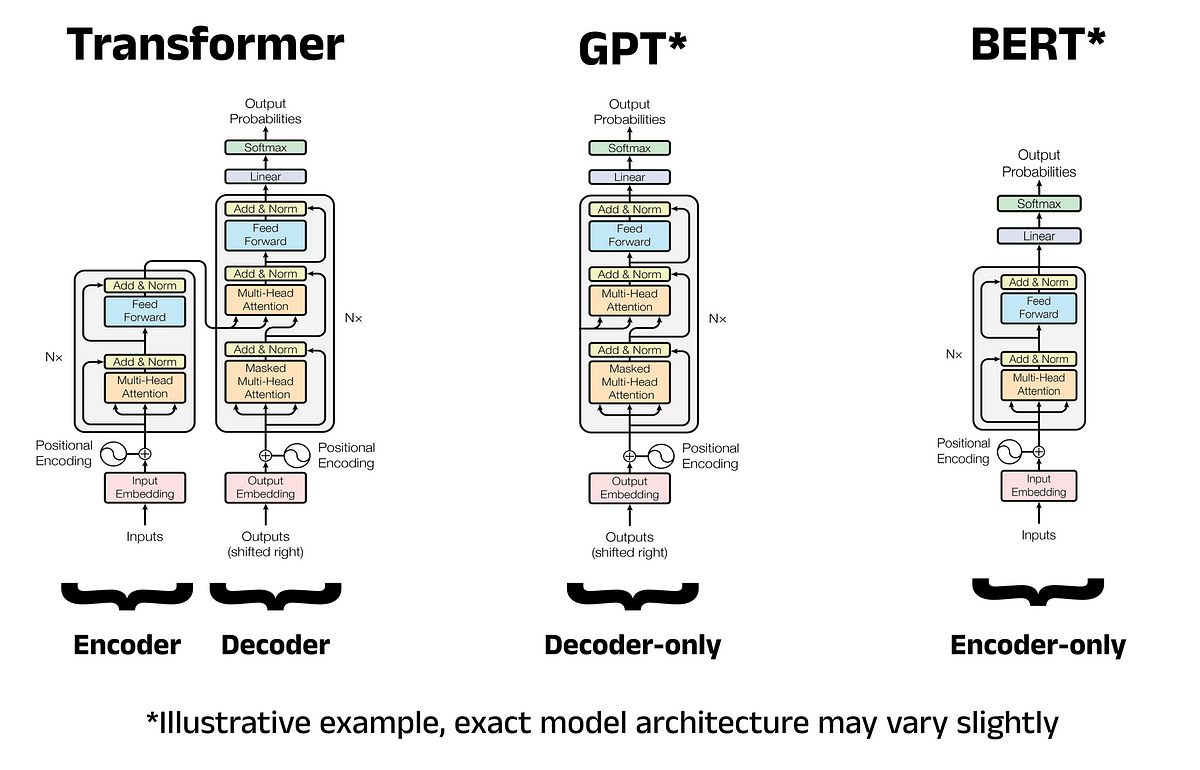On this page, we will discuss the relationship between usability and aesthetics in web design. Typically, these two factors go hand in hand, with users perceiving beautiful interfaces as easier to use. This is known as the “Aesthetic Usability Effect.” However, sometimes usability and aesthetics can be in conflict, resulting in a design that prioritizes form over function.
Aesthetic and minimalist design is one of the core usability heuristics, as stated by Nielsen/Norman. Antoine de Saint-Exupéry once said, “Perfection is achieved, not when there is nothing more to add, but when there is nothing left to take away.” While this theory is widely accepted, the devil is in the details, and user testing is essential to reach a consensus.
For example, let’s consider the new GitHub comment UI. It is undeniably beautiful, with a text area that smoothly blends with the tab, creating an irregular and visually interesting shape. However, there is a usability issue. The focus outline does not follow the irregular shape, causing confusion for users. Despite using it multiple times, users may still struggle to identify it as a text field.
In comparison, the old GitHub commenting UI may have been more cluttered, but its main UI elements were more recognizable. The rounded rectangle indicated the text field, and the light gray border around the active tab indicated the tabs. By merging these elements in the new design, both affordances become less recognizable, sacrificing usability for aesthetics.
This phenomenon is not unique to web design. In communication, conventions play a vital role in understanding. User interfaces have their own conventions, using affordances and signifiers as their vocabulary. Some affordances and signifiers are based on metaphors from the physical world, while others are entirely arbitrary and acquired through learning.
Over time, UIs evolve, and patterns that were once obscure become obvious due to external consistency and changes in the environment. However, for a new convention to be established, it needs to be widespread and provide sufficient exposure to users. While the new GitHub comment UI could be the beginning of a new convention, it is unlikely to gain enough traction due to its unique combination of elements.
It is crucial for GitHub to collect metrics and evaluate the impact of this design on user experience. Users can eventually adapt to any UI, but poor UIs can still lead to disastrous consequences, as seen in airplane cockpits or enterprise software. The curse of knowledge can make users forget the initial difficulties and even advocate against improvements.
In conclusion, the balance between usability and aesthetics is crucial in web design. While beautiful interfaces may be perceived as easier to use, sacrificing usability for the sake of aesthetics can lead to confusion and frustration for users. It is essential to consider user testing, conventions, and the impact of design changes on user experience.
Source link
























